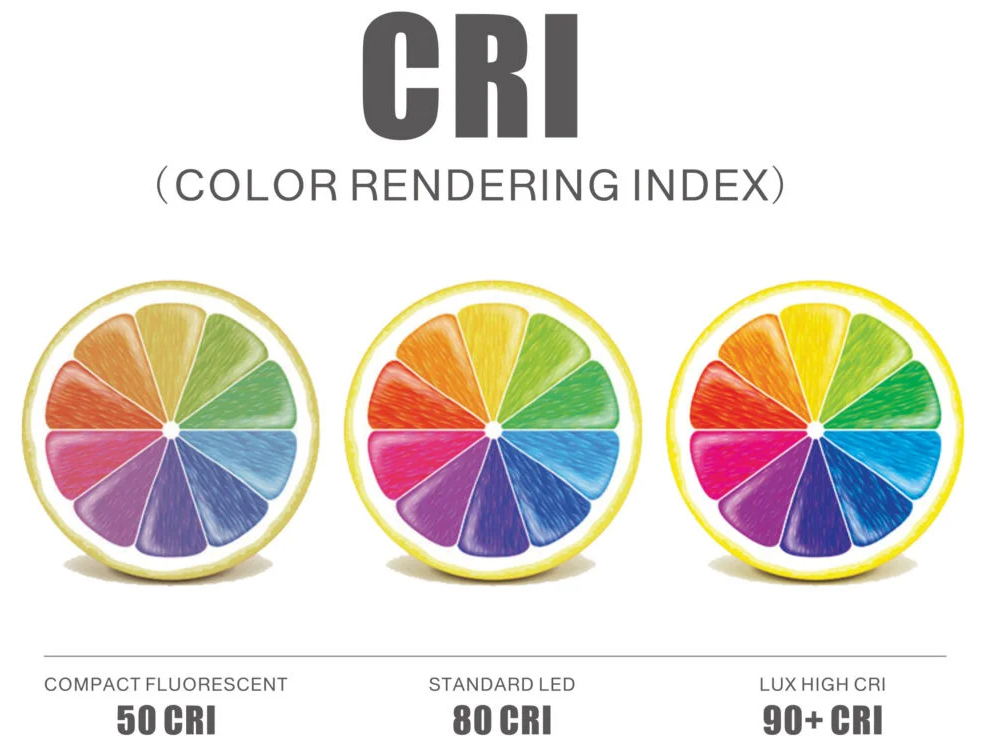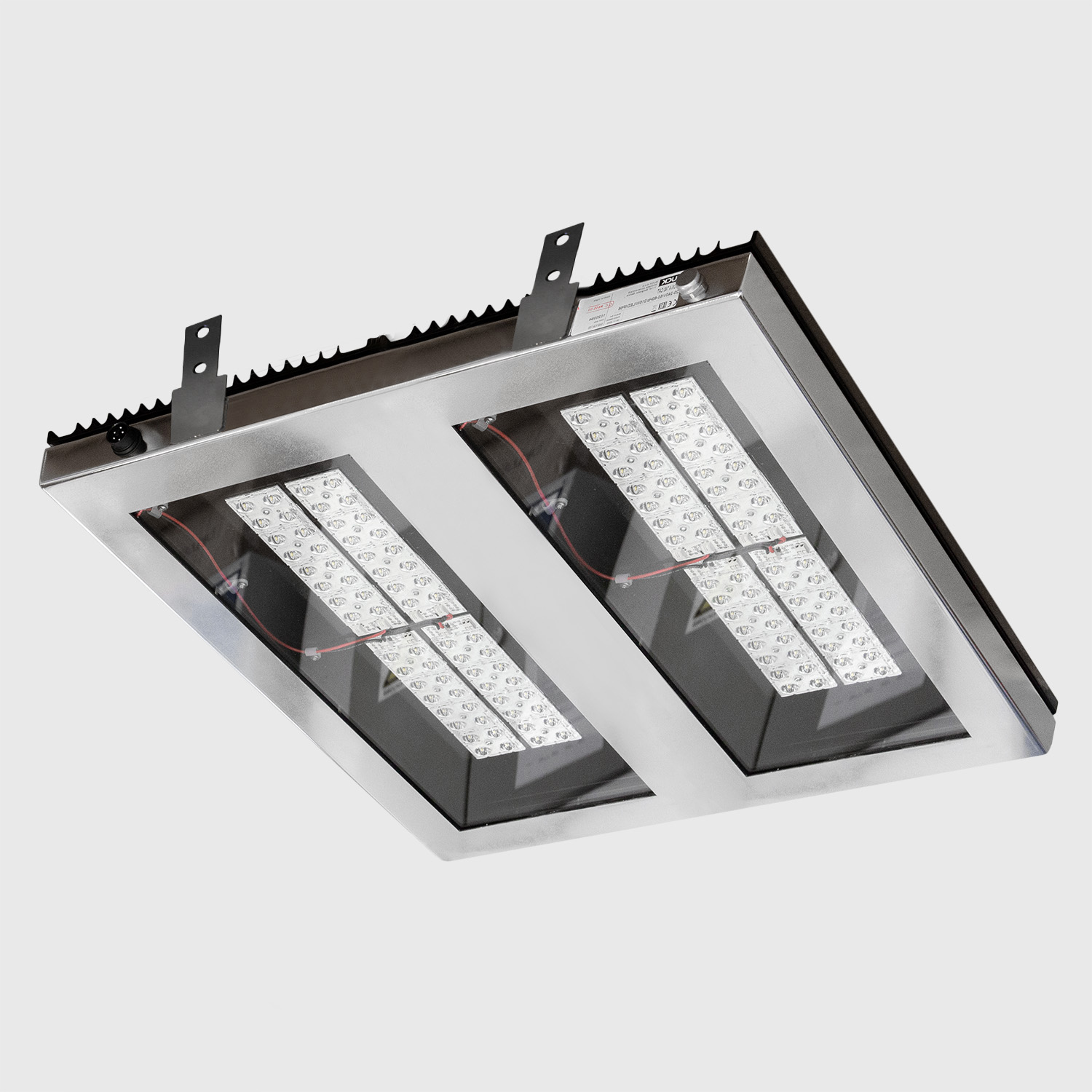This blog is not intended for professionals in the field of LED lighting, as they should already know this. The information we will present here is directed at people who often deal with professional lighting but do not know how to choose a quality product from the multitude of similar ones. At the beginning, we will be bold in saying that there hasn’t been a bigger scam in the field of electrical engineering than since the widespread adoption of LED lamps. Users are still convinced that by purchasing LED lamps they are getting a sophisticated innovative product of new technology, but they are often deceived by skilled traders or contractors.
Not every LED source or LED lamp is of good quality, which is why we decided to write this blog. Below you will find the most important features of LED light sources, which you can use to determine with great certainty which category the luminaire you are considering belongs to. Each of these characteristics could be a topic for a separate blog, but our idea is to now present these characteristics shortly and simply to people who are not lighting professionals.

Light Efficiency
This is usually the first piece of information people look at, and it refers to the relationship between the amount of light (luminous flux) and the power of the luminaire, expressed in lm/W (lumens per watt). However, it’s important to pay attention to whether you’re looking at the light efficiency of the LED source or the overall luminaire. Naturally, the efficiency of the LED source is higher than that of the luminaire (due to losses within the luminaire), so this information should be clarified.
Additionally, it’s essential to check whether the luminaire’s power is shown together with the power consumption of the driver or without it. The driver itself consumes a certain amount of power, which directly affects the efficiency of the entire luminaire.
When assessing light efficiency, it’s necessary to consider the amount of light emitted by the entire luminaire and the total power consumption of the luminaire along with the driver. Light efficiency is constantly increasing with the development of new generations of LED sources, but it can be said that luminaires with quality LED sources surely have efficiencies above 100 lm/W.

Color Rendering Index (CRI)
The CRI factor indicates how accurately artificial light (in this case, LED) renders colours on illuminated surfaces compared to natural light. Colours on illuminated surfaces are best perceived under sunlight, which has a reference value of 100. For office lighting, it is quite satisfactory if the CRI is ≥80, while CRI ≥90 should be applied in spaces where accurate colour rendering is of great importance (museums, galleries, surgery rooms, exclusive shops, showrooms, etc.). LED light sources with CRI<80 should be used exclusively for exterior lighting (street lighting, parks, etc.).
SDCM (Standard Deviation of Color Matching)
It is a metric used to quantify the colour consistency of light sources, particularly LEDs.
We have all had the opportunity to see a series of the same lamps somewhere, where some glow more warmly and some give more cold white light, which certainly does not contribute to the quality of illumination in the space where they are located.
The SDCM factor indicates the factory-permitted deviation in the light colour of these luminaires, i.e. the LED sources used in them.
For quality sources, this deviation should not be noticeable, SDCM factor should be as small as possible. Its value range is from 1 to over 10, and here’s how to understand them simply:
– SDCM 1-3: A very small variation in light colour, almost imperceptible to the human eye. Ideal for applications where colour consistency is important, such as museums, galleries, and high-quality commercial or residential spaces.
– SDCM 4-5: Small colour variation, noticeable in some situations but generally acceptable for most commercial and residential applications.
– SDCM 6 and above: large colour variation, which can be visible and potentially undesirable in many situations. It may be acceptable in warehouses or other less demanding areas If you want a high-quality LED light source, the SDCM factor should be up to 3.
Zhaga Standard
To avoid problems during the maintenance of your luminaires, when purchasing luminaires, make sure that the LED modules and drivers are manufactured according to the Zhaga standard. If they are not, to replace these components, you will either have to contact the factory from which you purchased the luminaires or you will have to replace the entire luminaires. There may be another option, to do something on your own, but that will only give you more headaches in the end. The components manufactured according to the Zhaga standard always come with the same dimensions, with the same hole arrangement for mounting, with the same arrangement of terminals for their connection, so you will not have any problems when maintaining the luminaries.

LB Factor (Lumen Maintenance Factor)
Like all other light sources, LED sources also lose light intensity over time. The LB factor is precisely used to estimate how long an LED light source will lose or maintain its light (flux) over time. It expresses the relationship between the light flux after a certain time (e.g., 50,000 hours of operation) and the initial light flux. The L value refers to the percentage reduction of the luminous flux, the B value refers to the percentage of the light sources with preserved light characteristics in the displayed time.
For example, if this factor is L80B10 for 50,000 hours, L80 means that the light flux will decrease to 80% of its initial flux after 50,000 hours, and B10 means that after that time, only 10% of the LED source will reach or exceed 90% of its initial light flux.
If the initial light flux is 100 lm:
- With the L80B10 factor after 50,000 hours, the light flux after this period will be:
100 lm x 0.8 x 0.9 = 72 lm
- If this factor were L70B50 for 50,000 hours, the light flux after this period would be:
100 lm x 0.7 x 0.5 = 35 lm
That is half of the amount of light from the first case!
This factor, which says a lot about the quality of luminaires and LED sources, is rarely discussed in practice. Even professionals often do not know enough about it. Most often, the focus is on the percentage decrease in light flux (L), while neglecting the value of B. If B is not specified, you can consider it to be B50. In summary, pay attention to the LB factor and the time it refers to.
Lifespan and Warranty
As we mentioned at the beginning, purchasing light fixtures with LED light sources does not automatically mean that the user will have a quality product. In addition to all the above-mentioned parameters, it is certainly important to pay attention to the declared lifespan of the LED source and the warranty you receive. A long lifespan and an appropriate warranty for LED light sources provide numerous advantages, including economic cost-effectiveness, reliability, and environmental sustainability. When choosing LED lighting, it is essential to consider these factors to ensure a long-lasting and efficient lighting solution.
However, we want to draw your attention to the fact that the declared lifespan does not mean much. Often, LED source manufacturers declare a lifespan of over 50,000 hours or even 100,000 hours. This lifespan is obtained by the manufacturer through interpolation. The actual lifespan can only be determined by testing the actual end of the lifespan, which is impractical due to time and financial constraints. The lifespan depends on the ambient temperature, the geometry (design) of the fixture, heat dissipation, the current to which the LED source is exposed, and many other parameters. An excellent LED source placed in a fixture where heat dissipation is not well managed can significantly shorten its lifespan. Therefore, it is much better to focus on the warranty you receive rather than the declared lifespan. A longer warranty often indicates better product quality and reliability.
Manufacturers confident in the quality of their products usually offer longer warranty periods. However, it is also important to pay attention to what the warranty covers. Often, you can find manufacturers who offer a long warranty period at first glance but have certain warranty limitations that can complicate things for you (e.g., warranty only on the driver and not on the LED module, not all LED sources in the fixture work but the fixture still functions, complex warranty claim procedures, warranty recognition only if the item is purchased from a specific distributor, etc.). So, in addition to the warranty information on the product, make sure to understand what is covered by the warranty and what is not.
Conclusion
Identifying a quality LED light fixture requires attention and knowledge of the key factors mentioned. Quality LED fixtures use components from reputable manufacturers and have certifications that confirm compliance with relevant standards. Don’t forget to check the experiences and reviews of other users to gain insight into the actual performance and longevity of the fixtures. Ultimately, investing in a quality LED light fixture brings long-term benefits such as lower maintenance costs, reduced energy consumption, and greater reliability, making the initial larger investment justified. Always choose products from reliable and proven manufacturers to ensure the best return on your investment in lighting.











